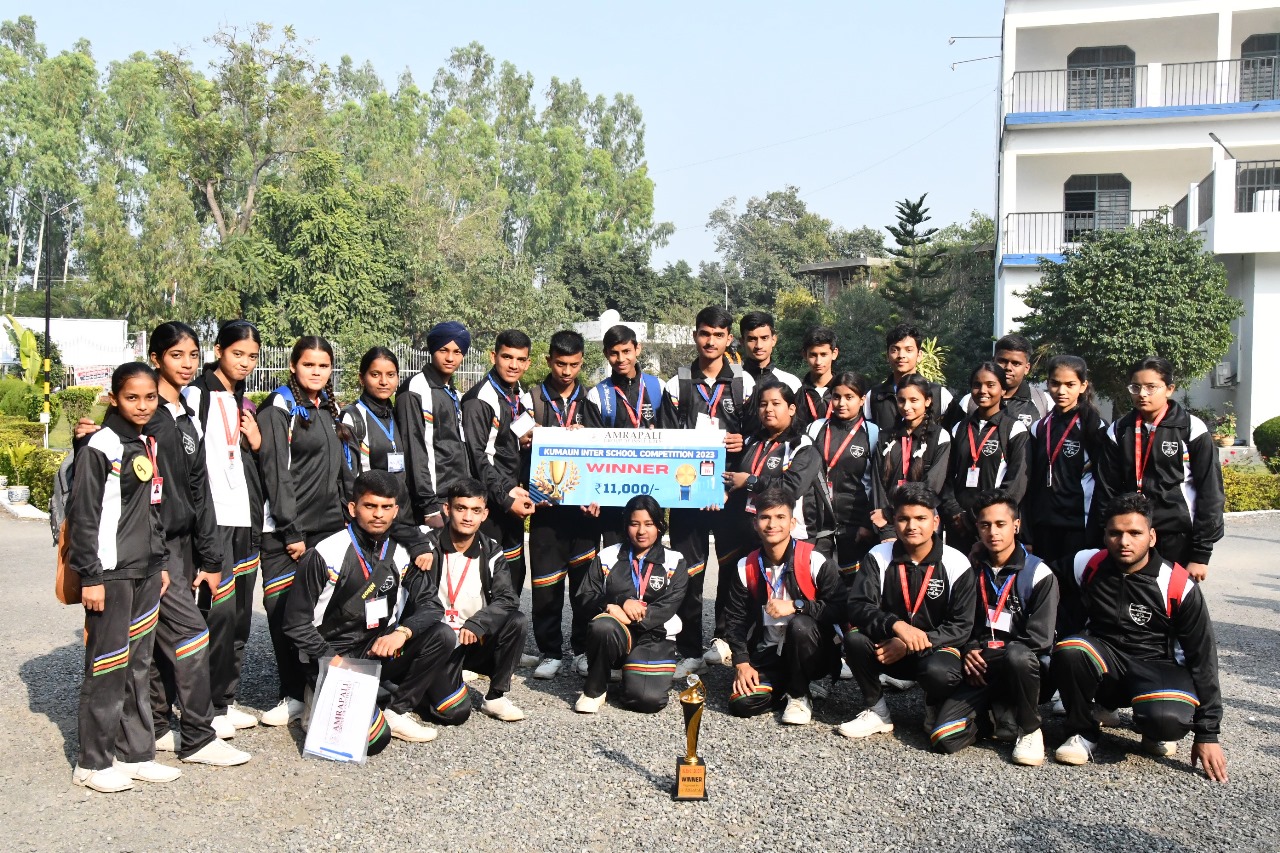Exploring Direction and Distance: A Hands-On Map Activity
Introduction:
In an era where digital maps dominate our navigation, it’s crucial for students to understand the fundamentals of direction and distance. To instill this knowledge, a practical and engaging activity was organized within the school campus. This activity not only enhanced their spatial awareness but also honed their map-making skills.
Activity Description:
The activity began with students gathering in the school campus, armed with measuring tapes, chalk, and compasses. Their objective was clear: to understand the concept of direction and distance through a series of hands-on tasks.
1. Understanding the Map and its Components:
The first phase focused on familiarizing students with the basic components of a map. They meticulously observed the layout of the school campus, identifying key landmarks such as the school building, playground, prominent trees, basketball court, and swimming pool. Through this process, students developed an appreciation for the intricacies of map interpretation.
2. Measuring Distance and Direction:
With the groundwork laid, students embarked on the practical aspect of the activity. Armed with measuring tapes, they meticulously measured distances between various landmarks. This exercise not only honed their measurement skills but also provided a tangible understanding of spatial relationships. Additionally, students utilized compasses to determine cardinal directions, thereby integrating mathematical concepts with real-world applications.
3. Plotting the Map on Drawing Sheets:
In the final phase, students translated their newfound knowledge onto drawing sheets. Guided by their observations and measurements, they carefully plotted the school campus, ensuring accuracy and precision. This step required attention to detail as students delineated the layout of the campus, including the relative positioning of landmarks and directional indicators.
Learning Outcomes:
Through this comprehensive activity, students gained a deeper understanding of direction and distance. They learned to navigate physical spaces with confidence, honing their spatial reasoning abilities. Furthermore, the hands-on nature of the activity fostered a sense of ownership and pride in their map-making skills. By integrating tools such as measuring tapes and compasses, students bridged the gap between theoretical concepts and practical applications.
Conclusion:
The activity of understanding direction and distance through map-making proved to be a resounding success. By engaging students in a hands-on exploration of their surroundings, the activity stimulated their curiosity and nurtured a deeper appreciation for spatial awareness. As students meticulously plotted the school campus, they not only honed their map-making skills but also cultivated a fundamental understanding of navigation. This immersive learning experience exemplifies the power of experiential education in fostering holistic growth and understanding.
Follow us for more by visiting our website or social media pages: Facebook and YouTube.
